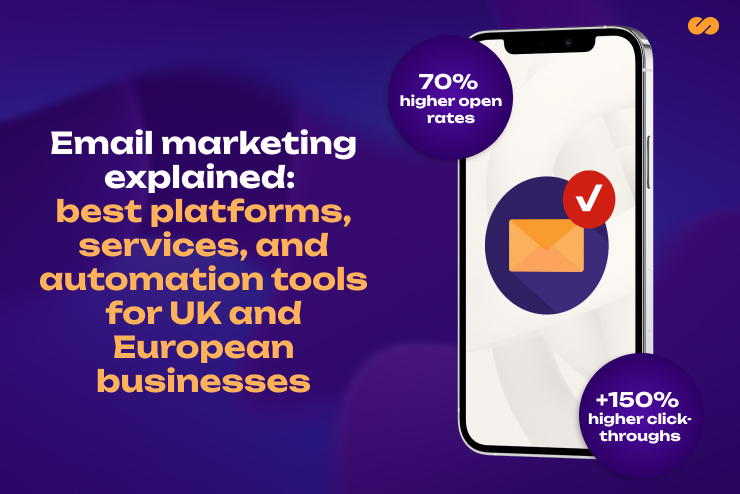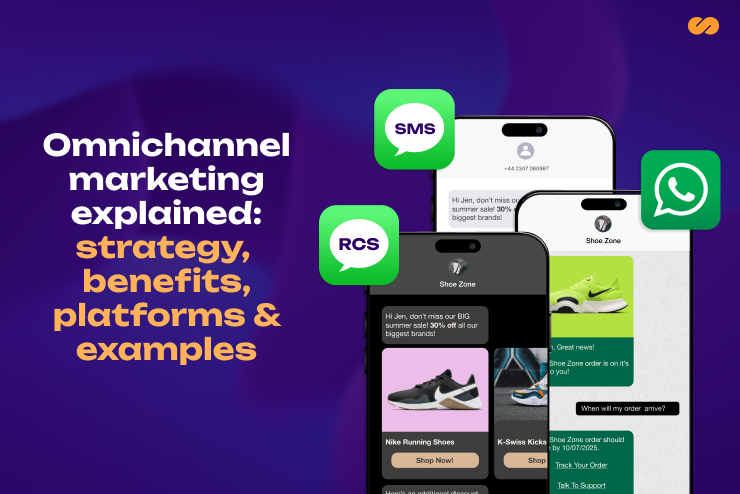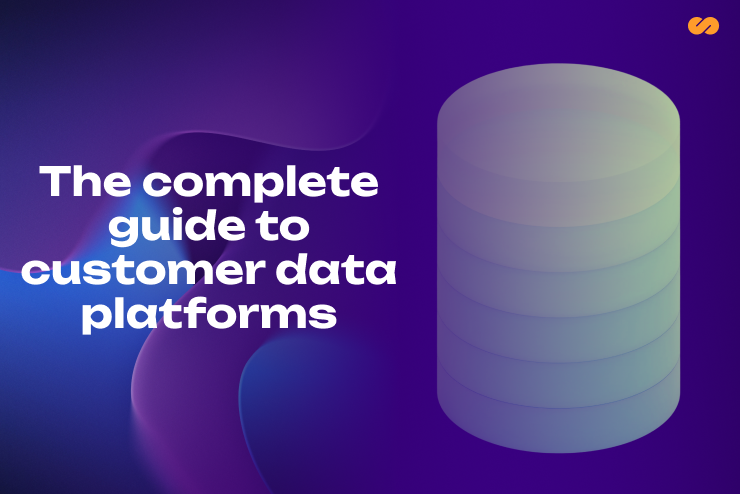The Complete Guide to RCS Messaging

Move over, SMS and MMS, there’s a new mobile message in town. RCS, also known as Rich Communication Services, is revolutionising the marketing world. With richer features, it's set to make messages more personal and interactive for businesses and consumers.
While RCS was rolled out to Android users some time ago, it has only recently been implemented across Apple devices. This is set to catapult RCS messaging into the mainstream and unlock a powerful new channel for businesses.
What is RCS Messaging?
Rich Communication Services (RCS) is the latest addition to the mobile messaging line-up. The messaging protocol offers a new level of interactivity compared to SMS and MMS messages.
While SMS and MMS messages are sent via a cellular network, RCS messages can be sent over Wi-Fi and mobile data.
This means that high-resolution media can be shared, along with real-time read receipts and typing indicators.
It’s also set to bridge the gap between Android and Apple devices. Users can enjoy a richer messaging experience without turning to third-party apps such as WhatsApp.
How does RCS messaging work?
As RCS uses a data network, it offers a whole host of enhancements over traditional SMS and MMS messages. Similar to iMessage and WhatsApp, RCS messages boast richer features, such as:
- High-resolution media, including images and videos with larger file size limits
- Read receipts
- Typing indicators
- Secure end-to-end encryption
RCS messages also promise faster and more reliable delivery compared to SMS and MMS, thanks to their use of Wi-Fi or mobile data.
Which devices support RCS messages?
Back in 2019, Google began to roll out RCS messages for Android users. However, in October 2024, Apple announced that iOS devices would begin to support the new messaging format.
Devices with iOS 18.1 will support RCS messaging, giving a huge boost to businesses looking to adopt this new channel.
It’s estimated that around 85% of Apple devices run on iOS 18.1 or later*, showing the potential reach of RCS.
Android users will need to enable RCS in their message settings; however, iOS devices will enable it by default. If a device doesn’t support RCS, the message will still be delivered by SMS or MMS.
Which countries support RCS?
While RCS is widely supported on Android devices, Apple is continuing to roll it out across countries and mobile carriers.
Currently, RCS is supported across iOS 18.1 devices in:
- Belgium
- Canada
- China
- France
- Germany
- Spain
- UK
- US
It’s important to note that not all carriers in these countries support RCS.
What features does RCS include?

RCS is set to unlock a new level of interaction and personalisation between businesses and consumers. Unlike SMS and MMS messages, RCS has very few limitations and promises a richer experience.
Brand recognition
Businesses can display full branding to create a cohesive omnichannel marketing experience, including:
- Name
- Brand logo
- Brand colours
RCS also has the ability to verify sender information to build trust and credibility, unlike SMS and MMS.
Rich media
This is where RCS is set to be a game changer. With a new max file size of 100 MB, compared to a previous 500 KB, businesses can share more engaging content.
RCS supports:
- Images
- GIFs
- Carousels
- Audio
- Video
- Location information
As RCS Business Messaging is still relatively new to the mainstream market, features will continue to evolve.
This makes the potential of this channel so enticing to marketers.
Interactivity
As SMS and MMS were introduced in 1992 and the early 2000’s respectively, interactivity is limited beyond a simple reply. However, RCS is set to offer a more personal experience, similar to interacting with a friend or family member.
RCS can suggest replies and actions, with the capability to embed clickable buttons within rich media or as a standalone message.
This means that users can easily access links and reply without having to navigate outside of the message.
How can RCS be used?
RCS can be used by businesses for a range of purposes. Whether that’s boosting conversion rates, driving urgency, or building customer loyalty.
Some of the ways RCS messages can be used include:
- Re-engaging abandoned shoppers
- Sharing offers, including promo codes and countdown timers to create urgency
- Post-purchase updates, including shipping updates, return information, and recommended products
- Interacting with customers via guided replies
What are the benefits of RCS?
It’s estimated that RCS messages have an average open rate of 75%* demonstrating their potential. The channel also offers real-time analytics on open rates, read receipts, responses, and conversions.
While this is great news for businesses, RCS also improves the user experience for consumers. These benefits include:
- Security and credibility with verified sender details
- Recognisable brand name and logo to build trust
- Easy engagement with suggested replies and actions
- Images, audio, and video to create a more personal experience
RCS and SaleCycle
So, now you know everything you need to know about RCS and how it can help your business. This new channel is set to transform the way brands and consumers interact with each other for the better.
Interested in exploring RCS further? Talk to us today to see how SaleCycle can help you start your journey and reap the benefits of RCS.
*Source - Link Mobility
*Source - Attentive





